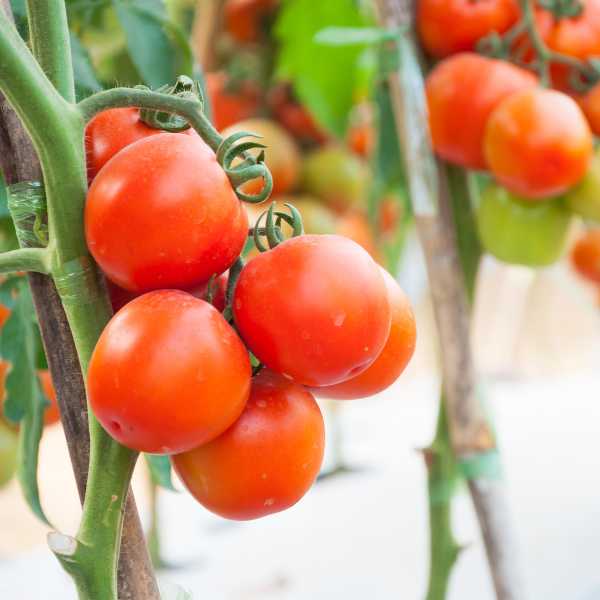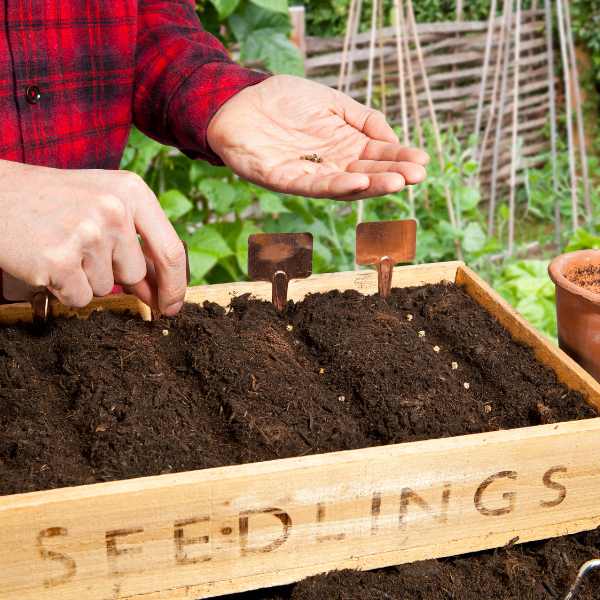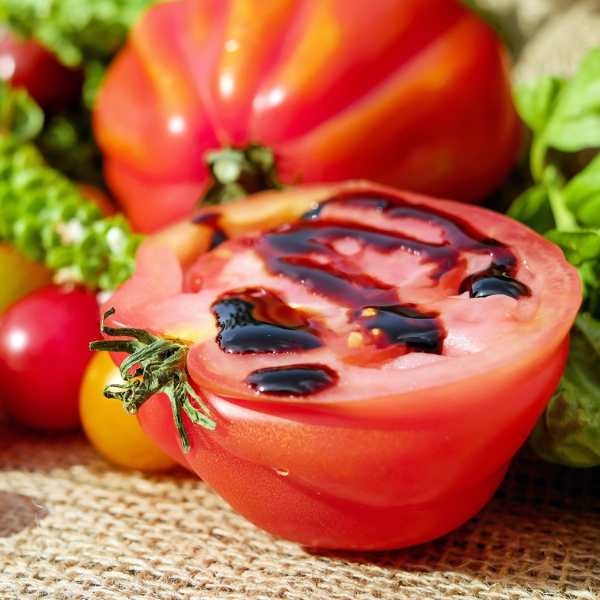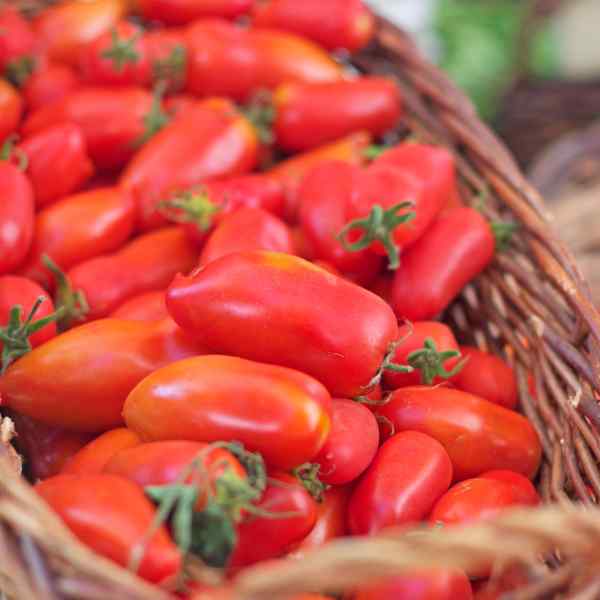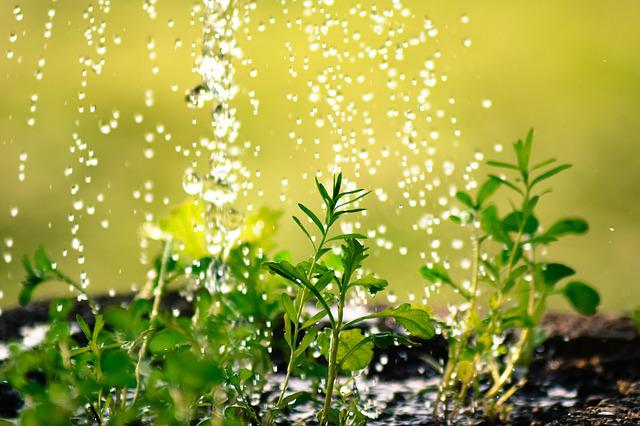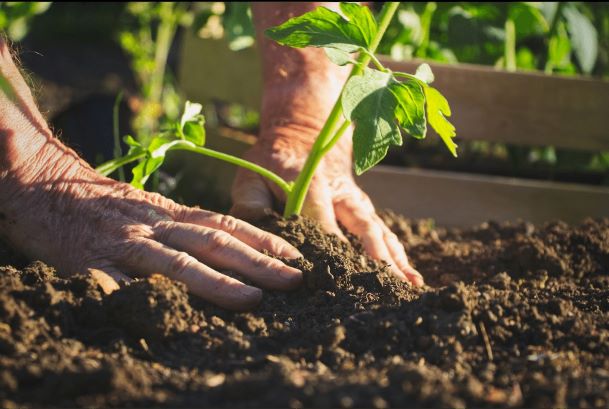Useful Tips for Seed Raising
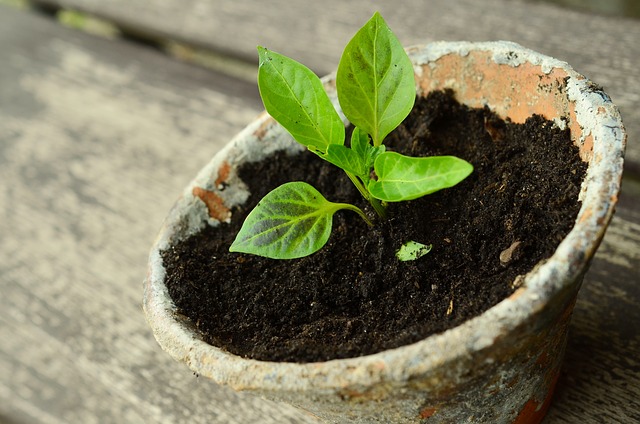
Growing an adult plant from a tiny seed can often seem like a form of magic. Get the conditions right for your seeds and nature will step in to do its work. A handful of seeds can give you an entire garden full of peas, tomatoes, beans, cucumbers, broccoli, and so much more. And all of that – everything that ends up on your plate – starts with those tiny little seeds.
Sowing your seeds in the correct season or temperature scale is vital. Check your seed packet for sowing times and soil temperatures. Whether you’re starting your seeds indoors or sowing them directly into the soil outdoors, using a thermometer is a simple way to really know how warm or cool your soil is.
A soil thermometer doesn’t need to be anything fancy. There are quite a few available in the $15 range. Record the morning and evening temperatures for a few days to get your average temperature.
When you look at this seed germination temperature guides, you’ll see there’s a minimum and maximum temperature. The closer the soil is to the middle of the temperature guide, the more quickly seeds will germinate.
Quick Tips
Watering a little and often is the surest way for successful germination and good health, so establish a daily routine or set up gentle sprinkler system.
Use a good-quality seed raising mix to give your seeds the best start. Use fresh, weed-free soil to avoid competition from uninvited guests.
Use clean containers to prevent disease and pests from building up.
A seed should be sown about two or three times as deep as it is wide. If seeds need to be sown on or near the surface, such as with oregano or strawberry, gently tamp them down after sowing to ensure they make good contact with the soil.
In general, seedlings are ready to be moved to their final location between four and eight weeks after germination, so time your sowing to take this into account.
Some seedlings, particularly root vegetables, quickly develop long, fine roots which are easily damaged when the time comes to transplant them outdoors. Other plants simply prefer to be sown in their final location, going into a form of shock if they’re transplanted, with growth slowing or halting until they recover. Check your seed packet for the preferred sowing instructions.
Cover exposed seed beds with netting to protect from birds; patrol your garden daily to collect slugs and snails; keep a lookout for caterpillars, aphids, and other pests on established plants which could threaten seedlings as they emerge.
Whenever you sow a seed make sure you add a readable, weatherproof label to the pot or row. Add the sowing date to the label so you’ll know if germination becomes seriously overdue.

